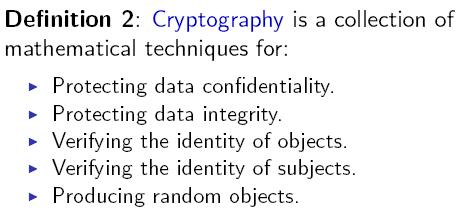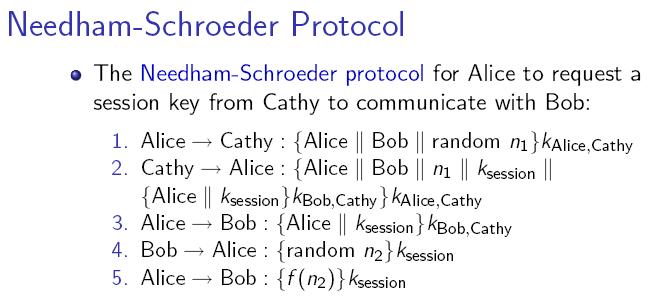Random Number Generators and Information Security
From Computing and Software Wiki
A random number generator (often abbreviated as RNG) is a computational or physical device designed to generate a sequence of numbers or symbols that lack any pattern, i.e. appear random. Computer-based systems for random number generation are widely used, but often fall short of this goal, though they may meet some statistical tests for randomness intended to ensure that they do not have any easily discernible patterns. Methods for generating random results have existed since ancient times, including dice, coin flipping, the shuffling of playing cards, the use of yarrow stalks in the I Ching, and many other techniques.
The many applications of randomness have led to many different methods for generating random data. These methods may vary as to how unpredictable or statistically random they are, and how quickly they can generate random numbers.
Before the advent of computational random number generators, generating large amount of sufficiently random numbers (important in statistics) required a lot of work. Results would sometimes be collected and distributed as random number tables. <ref>Wikipedia: Random Number Generation</ref>
Contents |
Relevance to Information Security
Vulnerability
Two Kinds of Randomness
True Randomness
Physical Methods
Examples
Pros and Cons
Pseudo-Randomness
Computational Methods
Examples
Pros and Cons
Verdict
Conclusion
References
<references />
1. Bishop, M. 2004. Introduction to Computer Security. Prentice Hall PTR.
2. Wikipedia. 2007. Retrieved November 27, 2007. <http://wikipedia.org>
3. Haahr, M. 2007. Random.org. Retrieved November 27, 2007. <http://www.random.org>
See Also
External Links
--Caoff 19:00, 1 December 2007 (EST)


